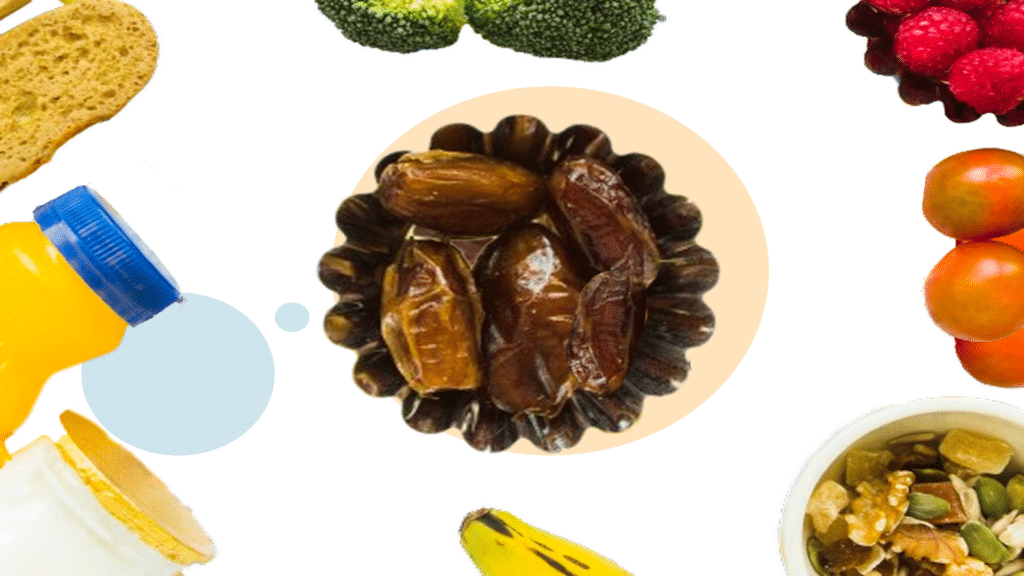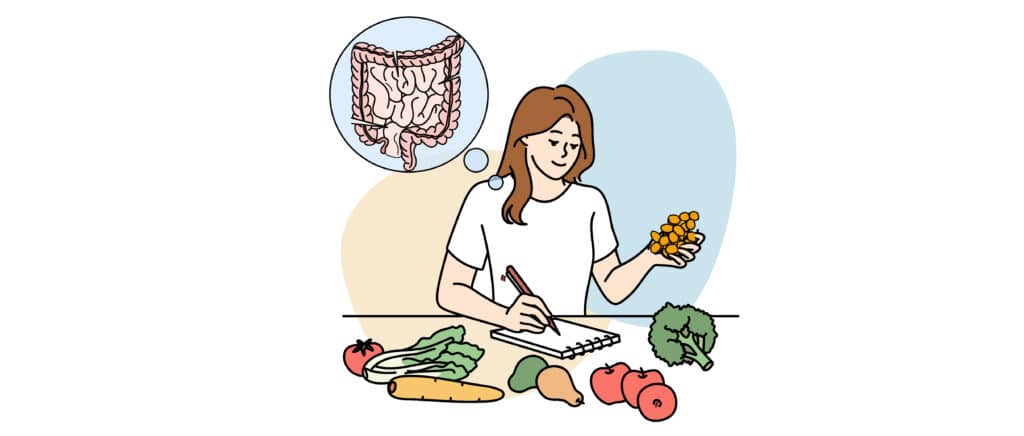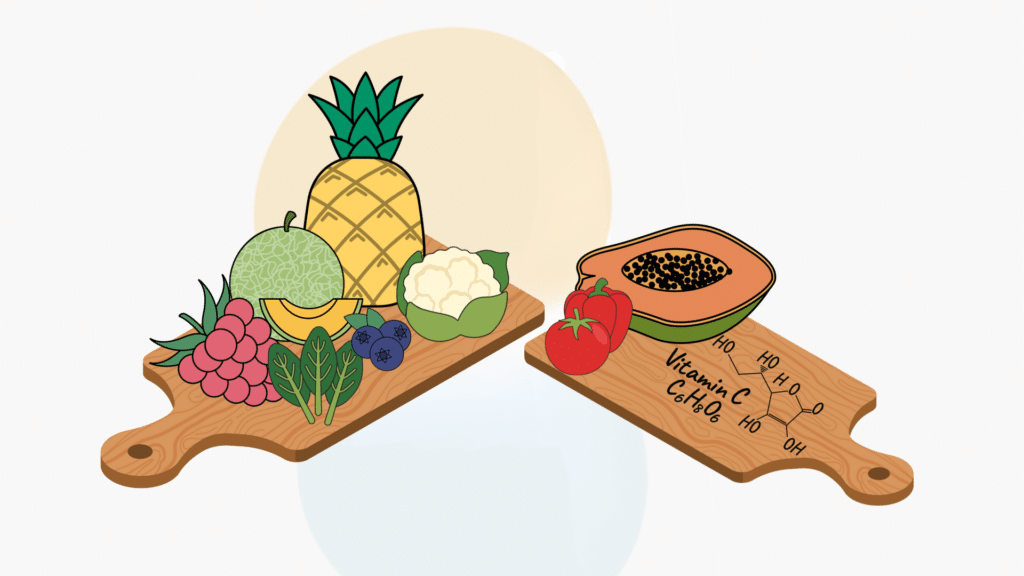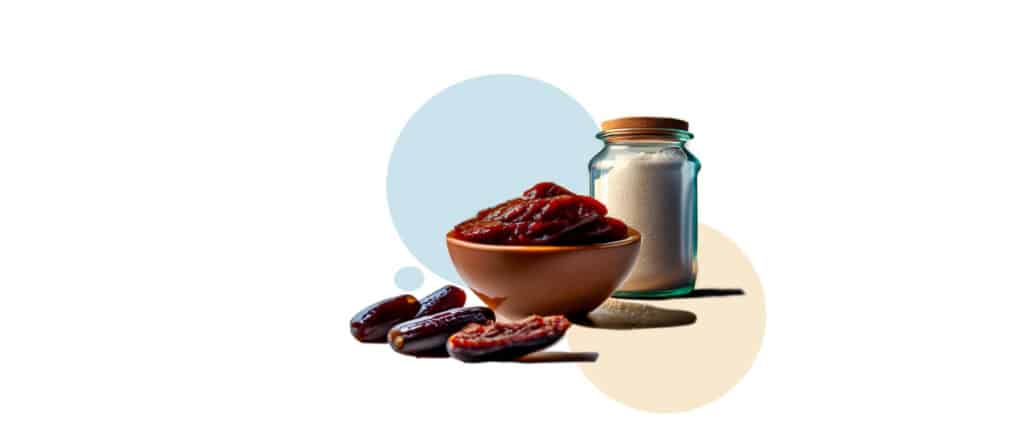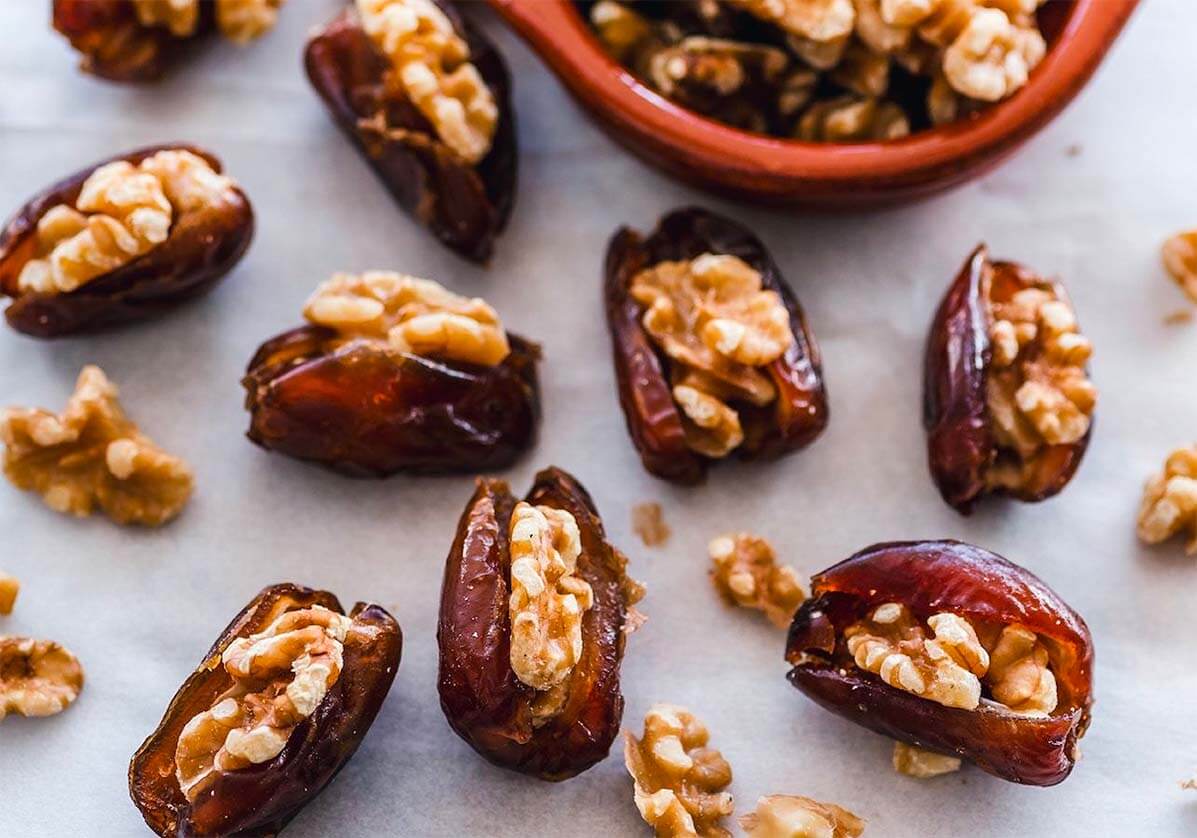Diet Plan for Kids: A Guide for Parents
- Nutrition
- October 11, 2023
- 13 minutes read
- Parents can help kids eat healthy by setting a good example and making healthy foods convenient.
- A healthy diet plan for kids should include a variety of foods from all food groups.
- Teenagers need vitamins and minerals, which they can get from a variety of healthy foods.
Do you want your child to be healthy and happy? A healthy diet plan for kids is essential for all ages. It provides them with the nutrients they need to grow and develop properly. A healthy diet also helps to reduce their risk of developing chronic diseases later in life.
In this article, we will discuss what a healthy eating plan for kids looks like, and we will provide some tips for making healthy eating a family affair.
What is Healthy Eating Plan For Kids
A healthy eating plan for kids should include a variety of foods from all food groups. These food groups are:
- Fruits
- Vegetables
- Whole grains
- Lean protein
- Low-fat dairy
Nutrition and Activity Tips for Kids
Here are some simple nutrition and activity tips to help your kids thrive:
Eat plenty of fruits and vegetables
Fruits and vegetables are packed with vitamins, minerals, and antioxidants that are essential for good health. Aim to offer your child at least five servings of fruits and vegetables each day.
Choose whole grains over refined grains
Whole grains are a good source of fiber, which can help to keep your child feeling full and satisfied. Refined grains, on the other hand, have been stripped of their fiber and nutrients. Some good examples of whole grains include brown rice, quinoa, and whole-wheat bread and pasta.
Choose lean protein sources
Lean protein sources include chicken, fish, beans, lentils, and tofu. These foods are low in saturated fat and calories, and they provide your child with the essential nutrients they need to build and repair muscle tissue.
Limit processed foods and sugary drinks
Processed foods and sugary drinks are high in unhealthy fats, sugar, and salt. They are also low in nutrients. Limit your child’s intake of these foods and drinks as much as possible.
Encourage physical activity
Physical activity is important for kids of all ages. It helps to promote healthy growth and development, and it can also help to prevent chronic diseases later in life. Aim for your child to get at least 60 minutes of physical activity each day.
Lifestyle and Healthy Eating For Kids
It is important to create a healthy lifestyle for your child in school age. This includes teaching them about healthy eating and encouraging them to be physically active.
Here are some tips for creating a healthy lifestyle for your child:
- Make healthy eating a family affair: Eat together as a family as often as possible, and choose healthy meals and snacks.
- Set a good example: Kids learn by watching the adults in their lives. Make sure you are eating healthy and being physically active so that your child will follow suit.
- Make healthy food choices convenient: Keep healthy snacks and meals on hand so that you and your child can make healthy choices when you are hungry.
- Limit screen time: Too much screen time can lead to unhealthy eating habits and weight gain. Limit your child’s screen time to two hours per day or less.
Healthy Foods Choices
Here are some examples of healthy foods that you can offer your child to nourish their growing bodies and minds:
- Fruits: apples, bananas, berries, oranges, grapes, melons, peaches, pears, dates
- Vegetables: broccoli, carrots, cauliflower, celery, corn, cucumbers, green beans, lettuce, peas, spinach, tomatoes
- Whole grains: brown rice, quinoa, whole-wheat bread and pasta, oatmeal
- Lean protein: chicken, fish, beans, lentils, tofu
- Low-fat dairy: milk, yogurt, cheese
Healthy Meal Plan for Ages 10-12 Years Old
Breakfast
- Oatmeal with dates, berries, and nuts
- Yogurt parfait with fruit and granola
- Whole-wheat toast with peanut butter and banana
- Eggs with whole-wheat toast and fruit
Lunch
- Salad with grilled chicken or fish
- Sandwich on whole-wheat bread with lean protein, vegetables, and cheese
- Leftovers from dinner
Dinner
- Grilled salmon with roasted vegetables
- Chicken stir-fry with brown rice
- Lentil soup with whole-wheat bread
- Pasta with tomato sauce and meatballs
Snacks
- Fruits and vegetables
- Yogurt
- Nuts
- Hard-boiled eggs
Vitamins and Mineral for Health Diet (Ages 12-18)
Teenagers need a variety of vitamins and minerals to support their growth and development. Most important vitamins and minerals for teenagers include:
- Calcium is important for building strong bones and teeth.
- Iron is important for carrying oxygen throughout the body.
- Vitamin D is important for bone health and immune function.
- Zinc is important for immune function and wound healing.
Teenagers can get the vitamins and minerals they need from a healthy diet that includes a variety of foods from all food groups. However, some teenagers may need to take supplements to ensure that they are getting enough of certain nutrients.
Incorporate Dates in Diet Plan For Kid
Dates are a good source of a variety of vitamins including:
- Vitamin A is important for vision, immune function, and cell growth.
- Vitamin B6 is important for energy metabolism, red blood cell production, and brain function.
- Vitamin C is important for immune function, wound healing, and collagen production.
- Vitamin K is important for blood clotting and bone health.
- Niacin is important for energy metabolism, cell function, and nerve function.
Dates can be incorporated into kids’ diet plans in a variety of ways. Here are a few ideas:
Add dates to smoothies
Dates add a natural sweetness to smoothies and can also help to thicken them up. Try adding a few dates to your child’s favorite smoothie recipe, or blending together dates, milk, and yogurt for a simple and nutritious snack.
Use dates in baking
Dates can be used to replace sugar in baking recipes. This is a great way to add sweetness to your child’s favorite baked goods without using refined sugar. You can also use dates to make date paste, which can be used to fill cookies, cakes, and other desserts.
Add dates to savory dishes
Dates can be added to savory dishes such as stews, curries, and salads. They can also be used to make a sweet and savory sauce for chicken or fish. Try adding a few chopped dates to your child’s favorite stew or curry recipe, or blending together dates, vinegar, and herbs to make a dressing for a salad.
Offer dates as a snack
Dates are a healthy and satisfying snack for kids of all ages. They are a good source of fiber, which can help to keep your child feeling full and satisfied. You can offer dates whole, or chop them up and add them to yogurt, granola, or trail mix.
A healthy diet is essential for kids of all ages. Dates are a nutritious food that can be easily incorporated into a kid’s diet. Dates are a good source of fiber, vitamins, and minerals, and they can help to keep kids feeling full and satisfied.
Dates are a versatile food that can be enjoyed in many different ways. By getting creative, you can easily incorporate dates into your child’s diet and help them to reap the nutritional benefits of this delicious fruit.
Summary
A healthy eating plan for kids should include a variety of foods from all food groups, including fruits, vegetables, whole grains, lean protein, and low-fat dairy. Parents can help their kids eat healthy by making healthy eating a family affair, setting a good example, making healthy food choices convenient, and limiting screen time.
Teenagers need a variety of vitamins and minerals to support their growth and development, including calcium, iron, vitamin D, and zinc. They can get these nutrients from a healthy diet that includes a variety of foods from all food groups.
Scientific Information
Vitamin A – important for normal vision, the immune system, reproduction, and growth and development.
Vitamin D – a soluble vitamin that has long been known to help the body absorb and retain calcium and phosphorus; both are critical for building bone.
Zinc – a mineral that is essential for many of the body’s normal functions and systems.
Calcium – makes up much of the structure of bones and teeth and allows normal bodily movement by keeping tissue rigid, strong, and flexible.


